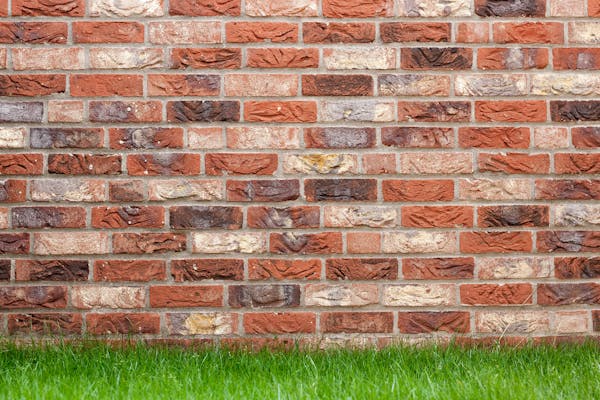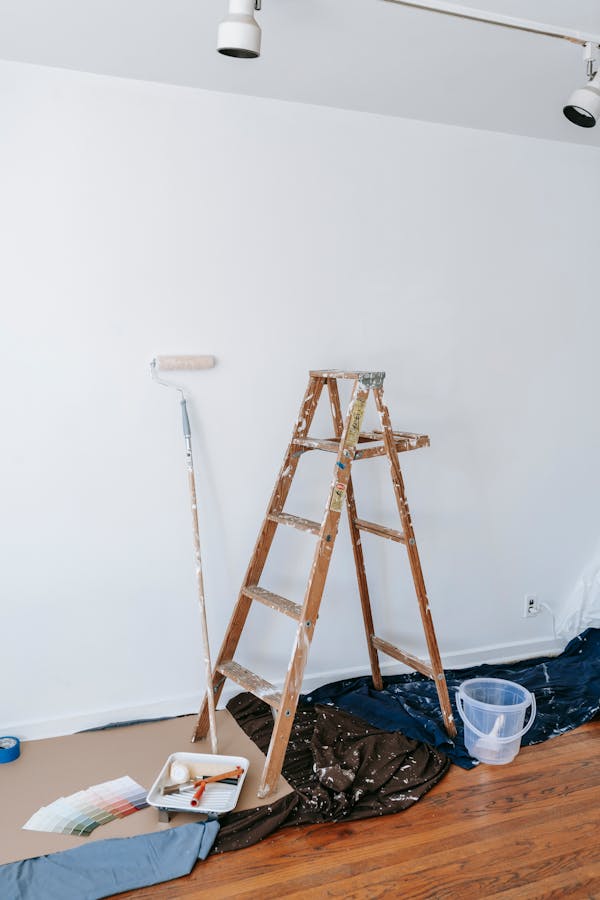Although not as popular as it was once, wallpaper still offers a wide range of patterns and colorways, from very traditional to the most modern designs. Choose with care, particularly if you are new to hanging wallpaper, as some will be much easier to hang than others. Check the manufacturer’s guidelines before buying to determine the suitability of the paper.
Buying wallpaper
When shopping for wallpaper, ask for a large sample of any design that catches your eye so you can examine it in the room that is to be decorated. Look at the samples in both natural and artificial light, near a window and in a dark corner, as some colors and patterns alter dramatically in different lights. Test a sample for durability by moistening it under a tap. If it tears easily or the colors run when rubbed lightly, the paper could be difficult to hang and maintain. Avoid thin papers, particularly if you are an inexperienced decorator, as they are likely to tear when pasted and may be difficult to hang.
Never skimp on the number of rolls you buy, and check that the batch number on all rolls is the same, as there may be a slight color variation between batches that may not be noticeable on the roll, but could become obvious after hanging. However, the batch system is not infallible, so check the rolls again for a good color match before cutting and hanging. It is also worth buying an extra roll. Many retailers offer a sale-or-return service.
Choosing a pattern
Take a critical look at the room you plan to decorate and make a note of any aspects that could make hanging wallpaper difficult. Uneven walls and awkward corners, for example, can make pattern matching particularly problematic, while some types of wallcovering will conceal a poor surface better than others. Regular patterns, such as vertical stripes, checks, and repetitive geometric designs, will emphasize walls that are out of truth, whereas random florals and paint-effect papers will not encourage the eye to rest on any one point and, therefore, will help to disguise awkward angles.
Trimming can also ruin the appearance of a large pattern, so in a room that has a sloping or uneven ceiling, or several windows, cabinets, and doors, a design with a small pattern may be a better choice. If a poor surface is a problem, avoid thin or shiny wallpapers, which will highlight every blemish. If you are not an experienced decorator, avoid complicated patterns, as any mismatching will be obvious; instead consider using one of the many easy-to-hang, free-match designs now available.
Estimating quantities
Standard wallpapers are sold in rolls that are approximately 10m x 530mm wide (33ft x 21 in). Use the tables to calculate the number of rolls required for walls and ceilings, remembering to add ten percent for waste, especially if the design has a large pattern repeat. Lining paper is usually 560mm (22in) wide and is available in standard 10m (33ft) and larger roll sizes. You can calculate the number of rolls required from the tables, but there is no need to add any extra for a pattern repeat.
For walls, measure around the room and include all windows and doors in your calculation except very large picture windows and patio doors. It is easier to measure the perimeter of the floor to calculate the size of a ceiling. Depending on where they were manufactured, you may find papers in non-standard sizes, so do check. Wallcoverings in the US vary in width and length but are usually available in rolls sized to cover specific areas.



